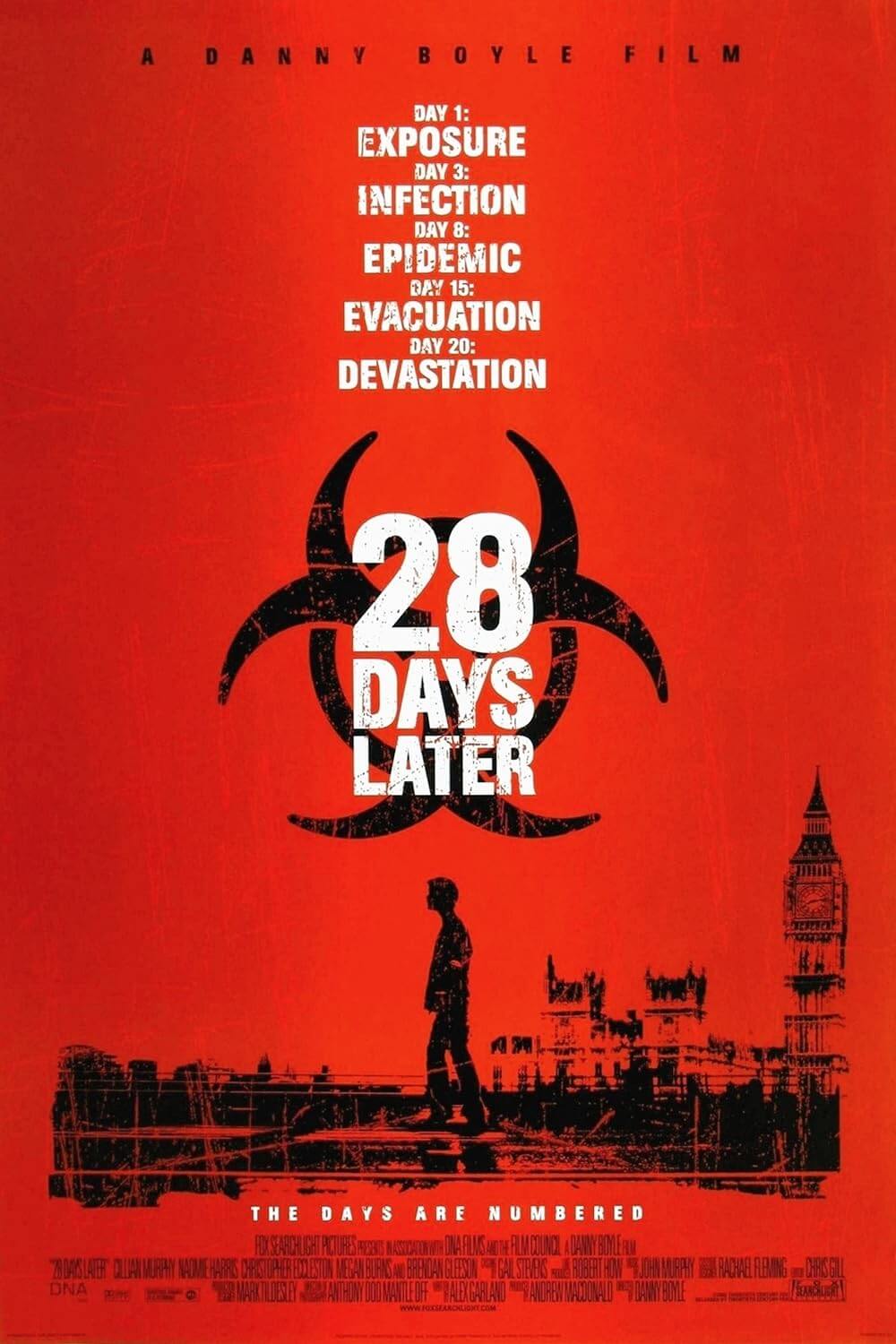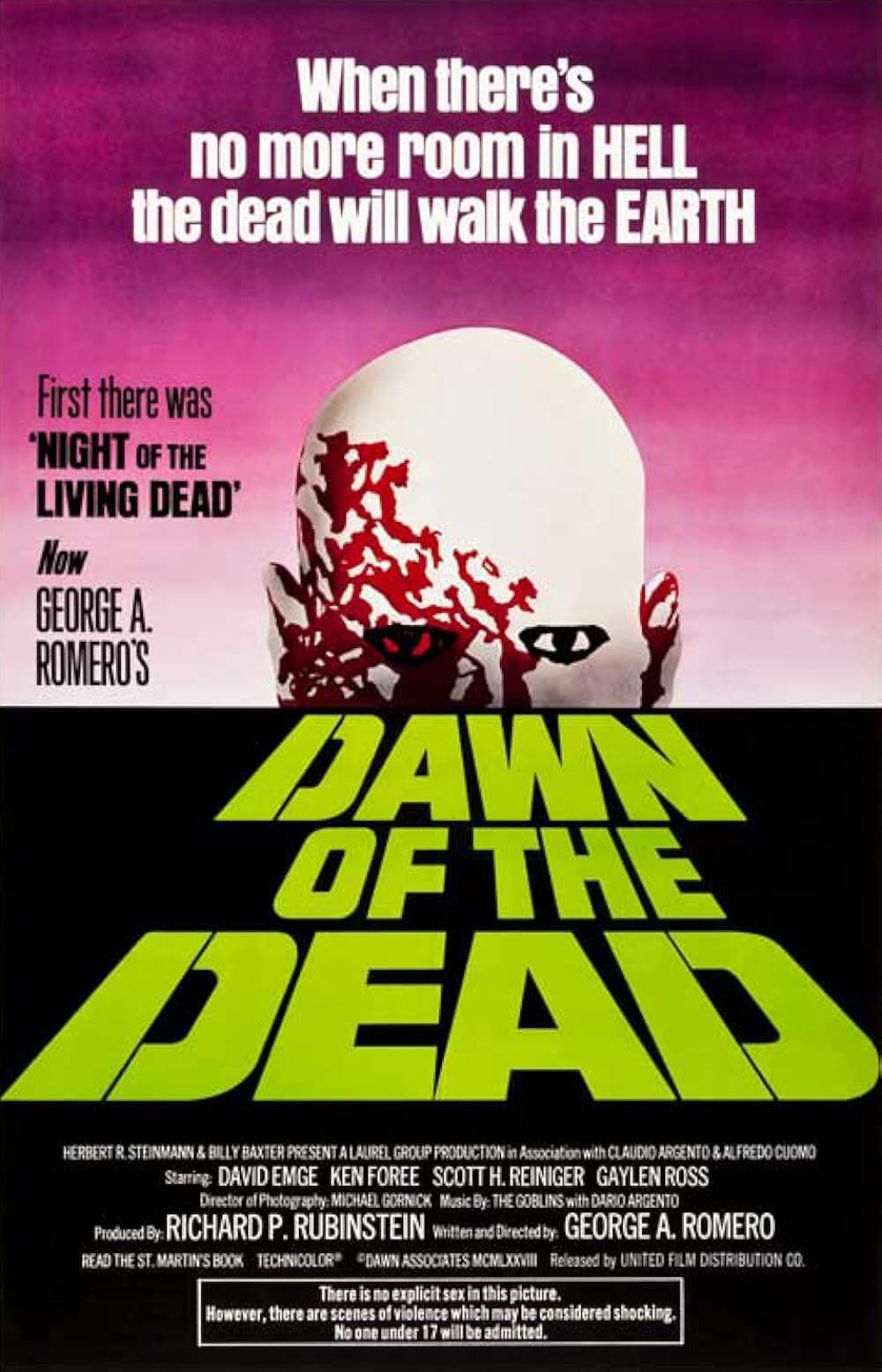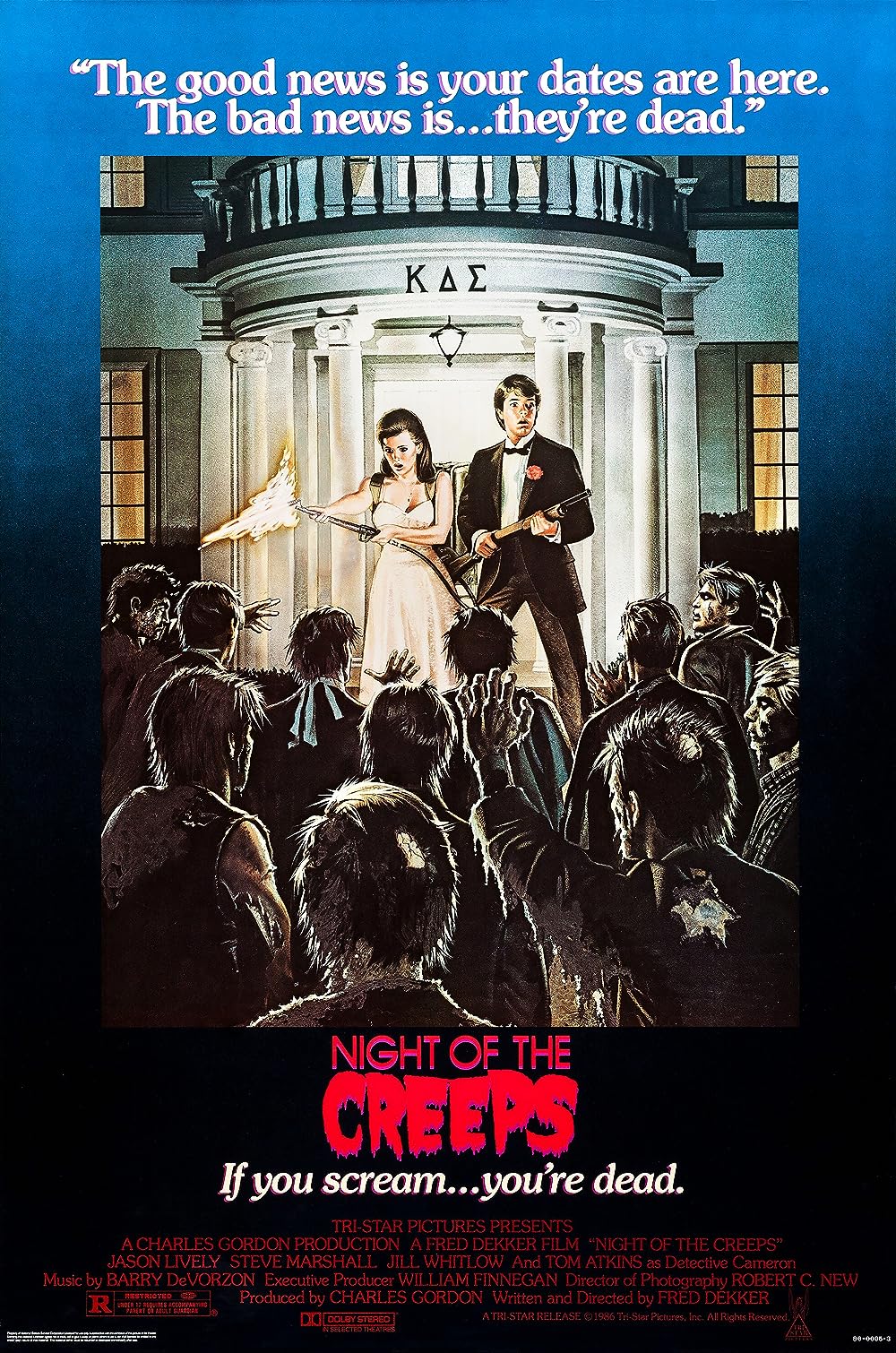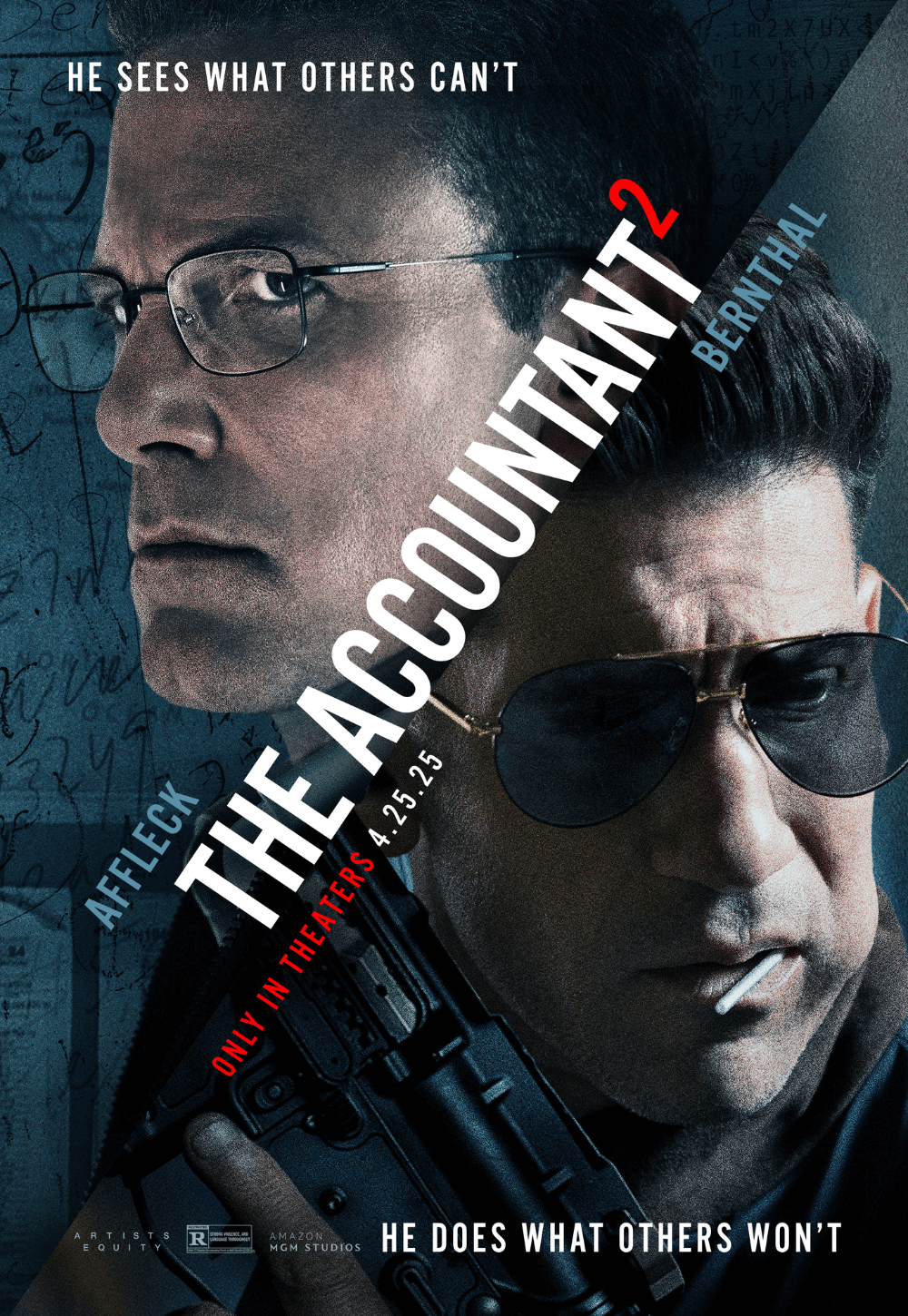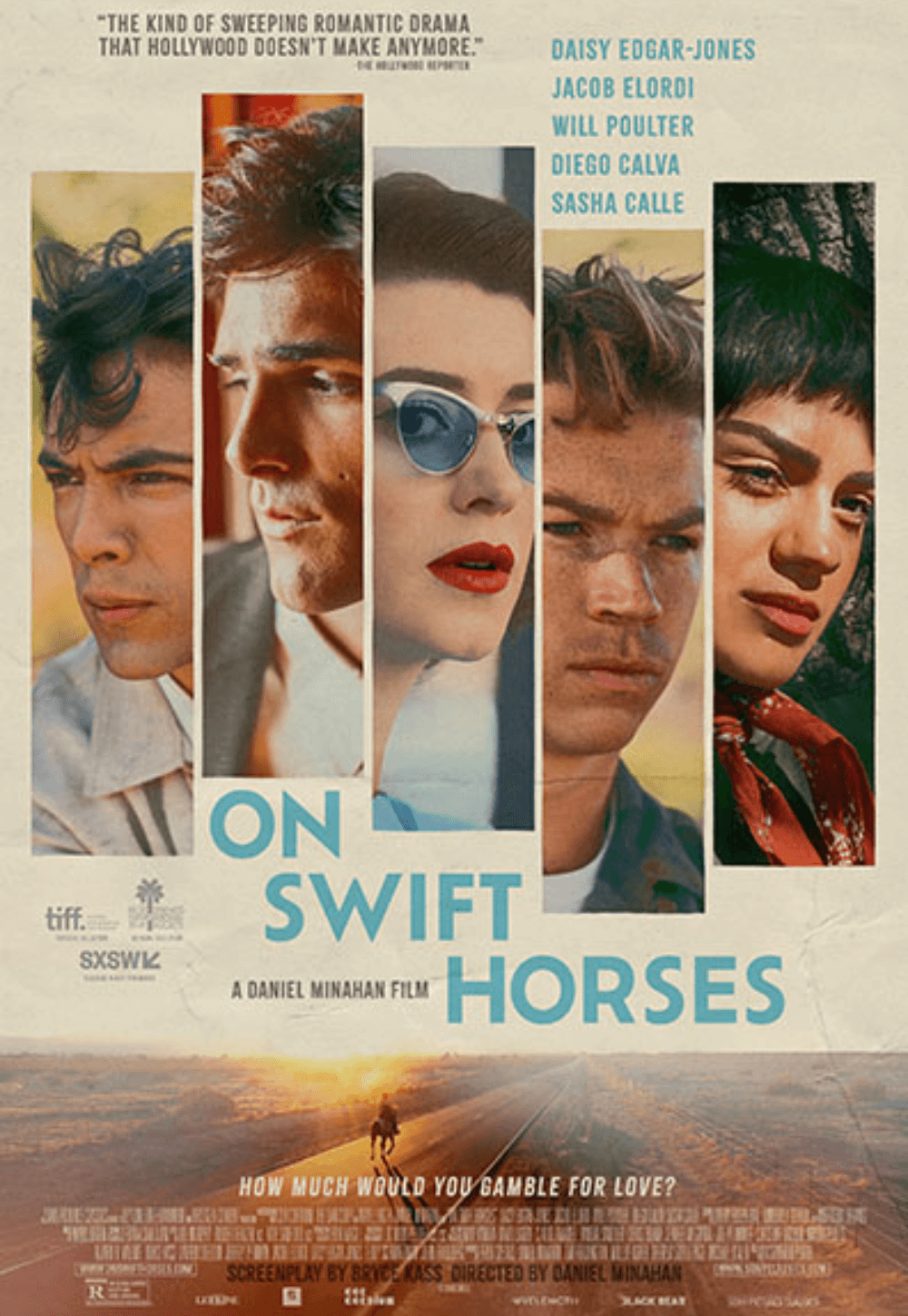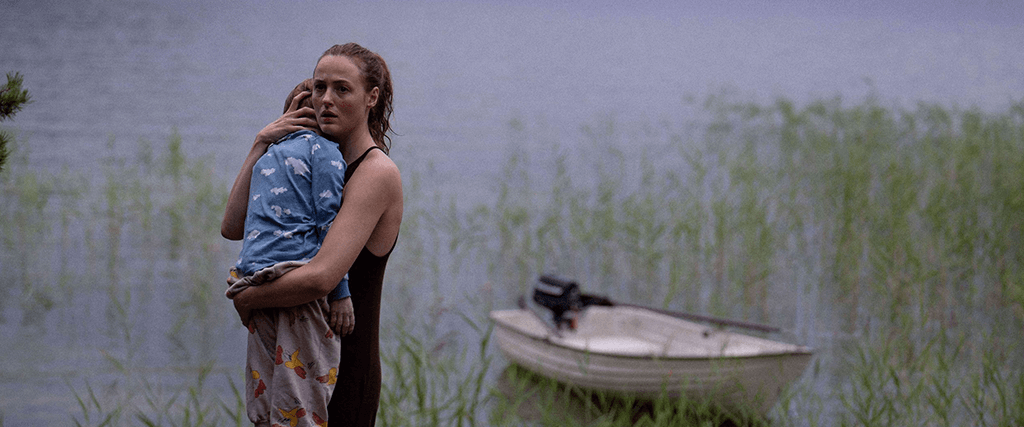
Handling the Undead
By Brian Eggert |
Note: This review was originally posted from the 43rd Minneapolis St. Paul International Film Festival. It has since been edited and expanded. The film opens on May 31, 2024, courtesy of Neon.
For Handling the Undead, Norwegian director Thea Hvistendahl advances from shorts and a concert movie to a fictional feature, working alongside Swedish author John Ajvide Lindqvist (Let the Right One In) to adapt his 2009 novel to the screen. The result is a moody, austere, but unfortunately slight zombie drama. Running a brief 99 minutes, the film is expertly made on a technical level and features two of Norway’s biggest stars—Renate Reinsve and Anders Danielsen Lie. That and the marketable genre were enough to justify Neon picking up the US distribution rights after releasing Joachim Trier’s 2021 film The Worst Person in the World, also starring Reinsve and Lie. But zombie fans expecting the usual gorefest may be disappointed by this slow-burning arthouse effort that unfolds in long, almost one-shot-per-scene segments, if only because there’s not much happening in the narrative. However, I found the aesthetic rigor and minimalism of Hvistendahl’s filmmaking a refreshing alternative to usually high-intensity zombie fare. Presented with admirable control and observant lensing by cinematographer Pål Ulvik Rokseth, the film plays like a mood piece rather than most pulpy B-movies, and such self-seriousness is rarely associated with zombies.
After some strange phenomena involving a power outage and radio static, the recently deceased return in Handling the Undead. But it’s not a zombie apocalypse of the flesh-eating variety; at least, not yet. Instead, mourners must face the reanimated corpses of their friends and family members, who breathe, have a mild heartbeat, and show faint signs of recognition. The film considers several otherwise unconnected threads about people grappling with the re-emergence of their late loved one. Central is Anna (Reinsve), a woman who recently lost her young boy, Elias. She is shocked to discover that her father (Bjørn Sundquist) has unearthed the child from his fresh grave. Fearing that the police, who are rounding up the undead, will take Elias away, they escape to an isolated cabin to protect him. Elsewhere, Bente Børsum plays a woman whose lover (Olga Damani) returns, and she tries to reestablish their home life. The most affecting story follows David (Lie), a husband and father whose wife Eva (Bahar Pars) dies in a car accident. But then she returns to life in the hospital. David can barely process her death, much less her return.
A brooding meditation on grief, Handling the Undead nonetheless features some questionable behavior in service of its themes. For instance, why isn’t everyone terrified of these zombies? I thought perhaps they hadn’t heard of zombies in this cinematic world, which might explain some of the irrational behavior on display. But then I remembered a scene when David’s teen daughter Flora (Inesa Dauksta) plays a violent zombie video game, suggesting that zombies have seeped into pop culture, so their potential danger should be apparent. Yet, no one expresses concern about becoming lunch. Viewers well-versed in zombie movies will wince whenever Anna hugs Elias, fearing the inevitable bite. This anxiety reaches its height during a scene when David and his children introduce a cuddly pet rabbit to the almost catatonic Eva, resulting in a horrifying scene that will raise questions of animal cruelty and, as such, took me out of the movie. The grisly moment also made me question why the family brought the rabbit to the hospital to introduce it to their undead mother. Then again, Handling the Undead is a film about the illogical emotions we feel in times of profound grief, even when they present as nonsensical and frustrating to the genre-savvy viewer.
Hvistendahl and Lindqvist pay almost no attention to the larger implications of the undead, such as how the authorities respond or whether this situation extends beyond Norway. Although I haven’t read the book, my wife and this site’s devoted copy editor has. She explained to me that the screen version eschews a telepathy aspect of Lindqvist’s book, which allowed the living characters to psychically recognize that some remnants of their loved ones remained inside their eerily still reanimated corpses. This fascinating idea made the characters’ motivations and behavior more understandable—though, psychic connections would have been difficult to show in a film. One could imagine how this would better explain why characters behave the way they do in a novel format, ignoring the obvious zombie threat because they can sense hints of the person left inside. But removing this element confuses the characters’ behaviors toward the zombies in the screen version. Indeed, Hvistendahl and Lindqvist may have gone too far in minimizing the text, robbing the narrative of its potential texture, weight, and emotional logic.
What works best about Handling the Undead are the skilled performances by the cast and the formal austerity that renders all of these familiar situations seem more emotionally impactful. Hvistendahl delivers a thoughtful, patient visual presentation here, and it may be most effective among those with little experience in such material. For those well-versed in zombies, the stripped-down take on the story feels like it’s barely getting started before it’s over, and no character receives closure or experiences much of an arc. And what’s more, Lie has starred in a better zombie film, The Night Eats the World (2018), which feels superior by comparison. Indeed, many zombie movies have dealt with similar scenarios yet satisfied the needs of genre aficionados with more attention to world-building and character depth, but rarely have they been so thoughtfully composed and deliberately paced. Curiously, Hvistendahl and Lindqvist remove many of the elements from the author’s book that would have made the story seem fresh or innovative within the genre for something rather staid and appropriately grave. It’s a promising narrative feature debut for Hvistendahl and demonstrates her evident skill, but the narrative feels underdeveloped.
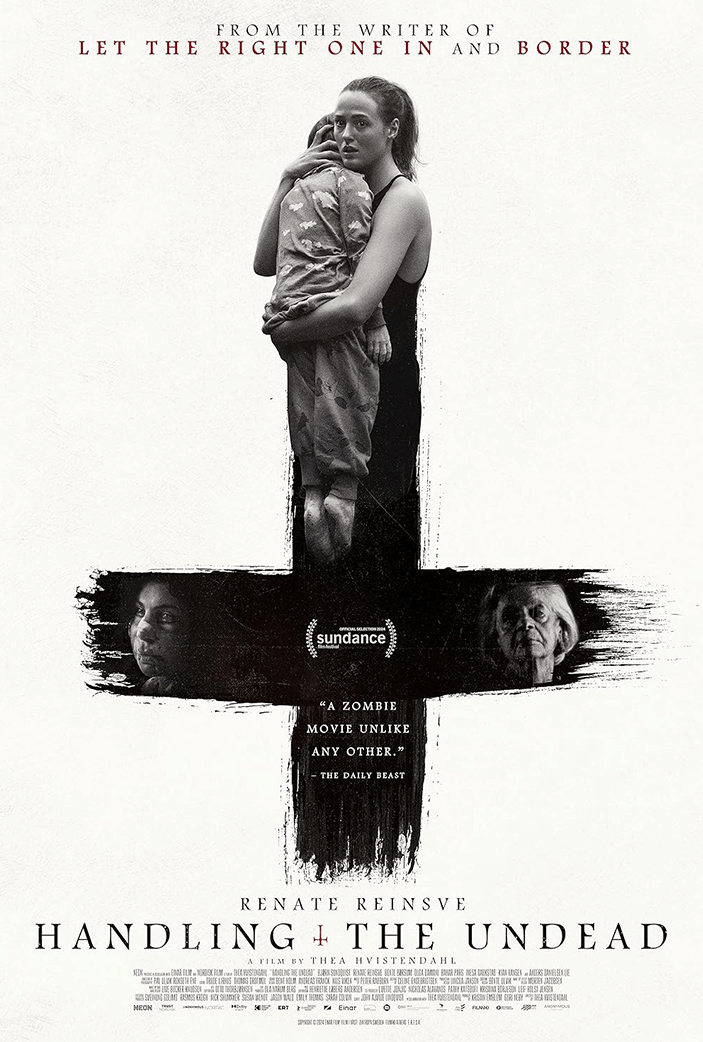
Consider Supporting Deep Focus Review
I hope you’re enjoying the independent film criticism on Deep Focus Review. Whether you’re a regular reader or just occasionally stop by, please consider supporting Deep Focus Review on Patreon or making a donation. Since 2007, my critical analysis and in-depth reviews have been free from outside influence. Becoming a Patron gives you access to exclusive reviews and essays before anyone else, and you’ll also be a member of a vibrant community of movie lovers. Plus, your contributions help me maintain the site, access research materials, and ensure Deep Focus Review keeps going strong.
If you enjoy my work, please consider joining me on Patreon or showing your support in other ways.
Thank you for your readership!
Brian Eggert | Critic, Founder
Deep Focus Review


